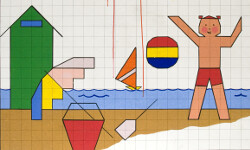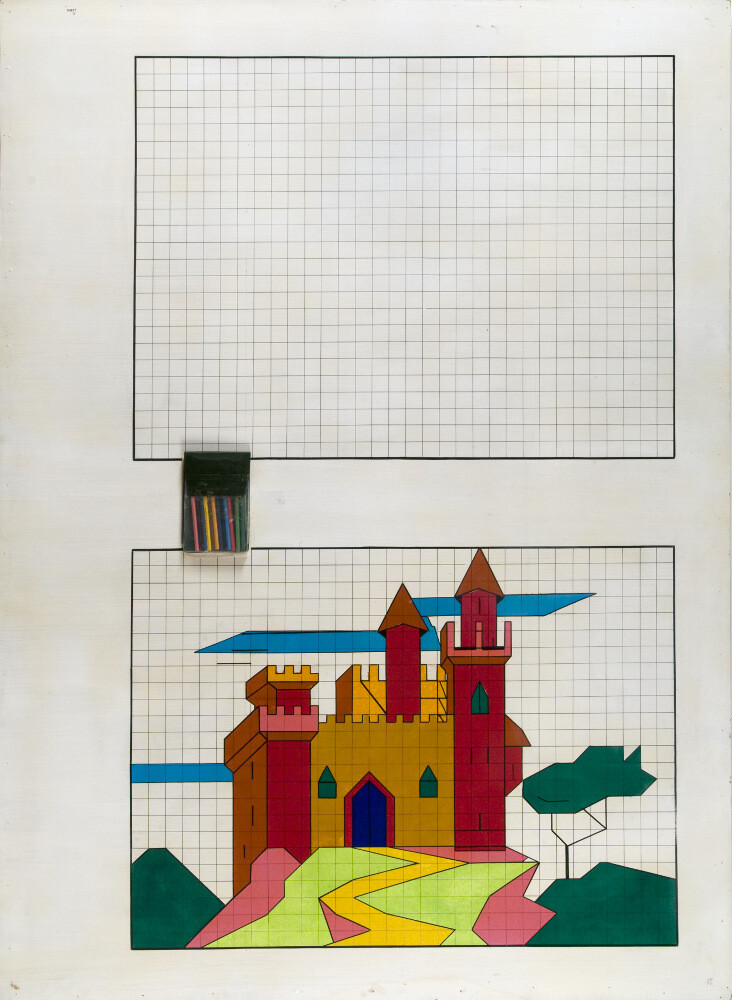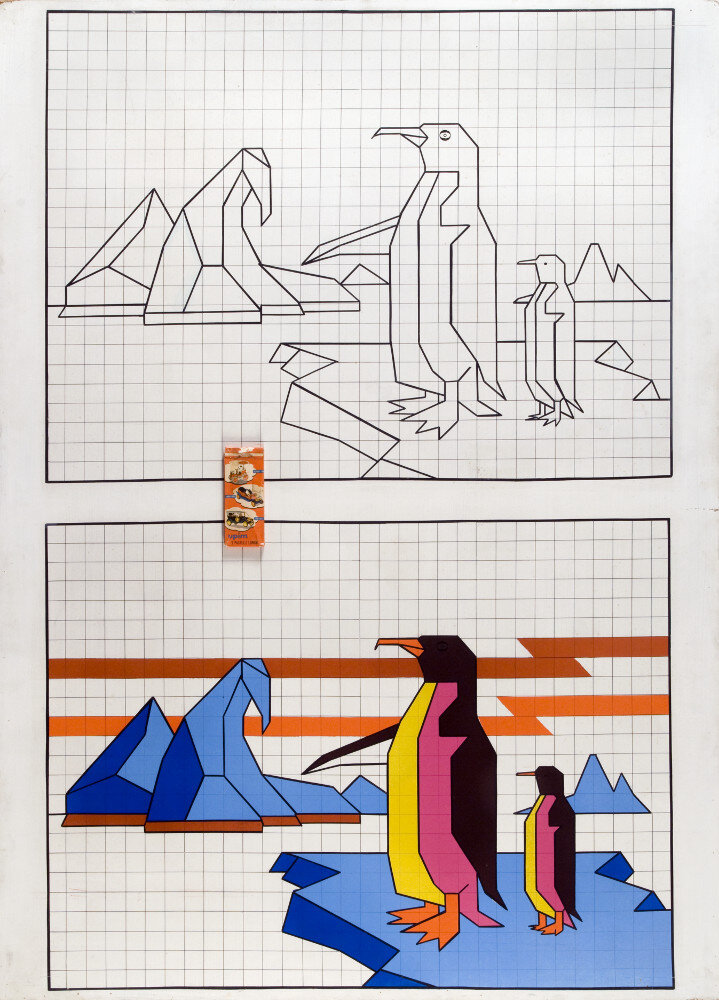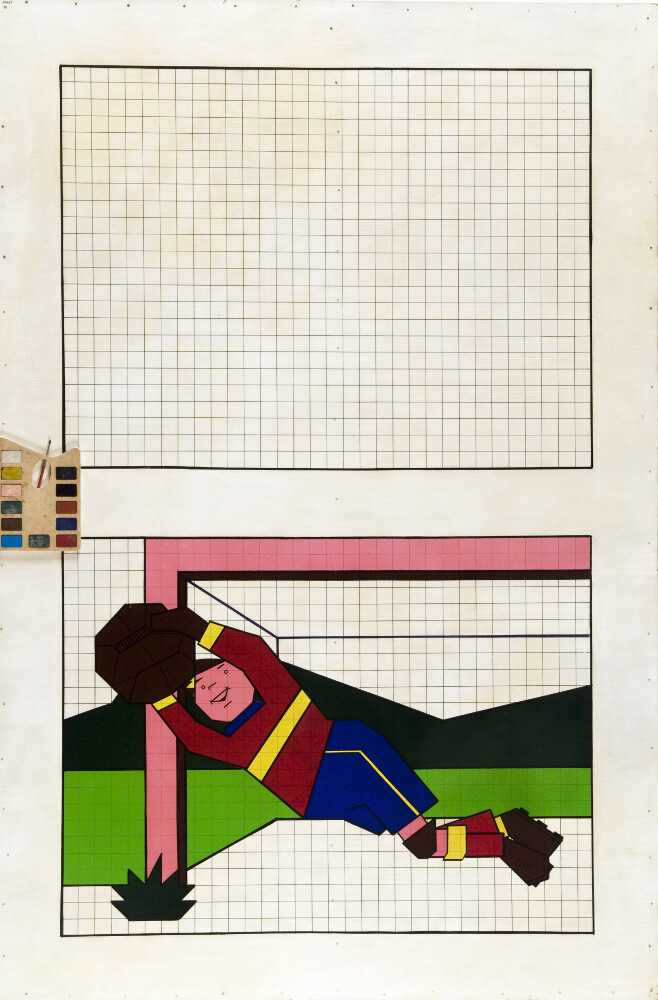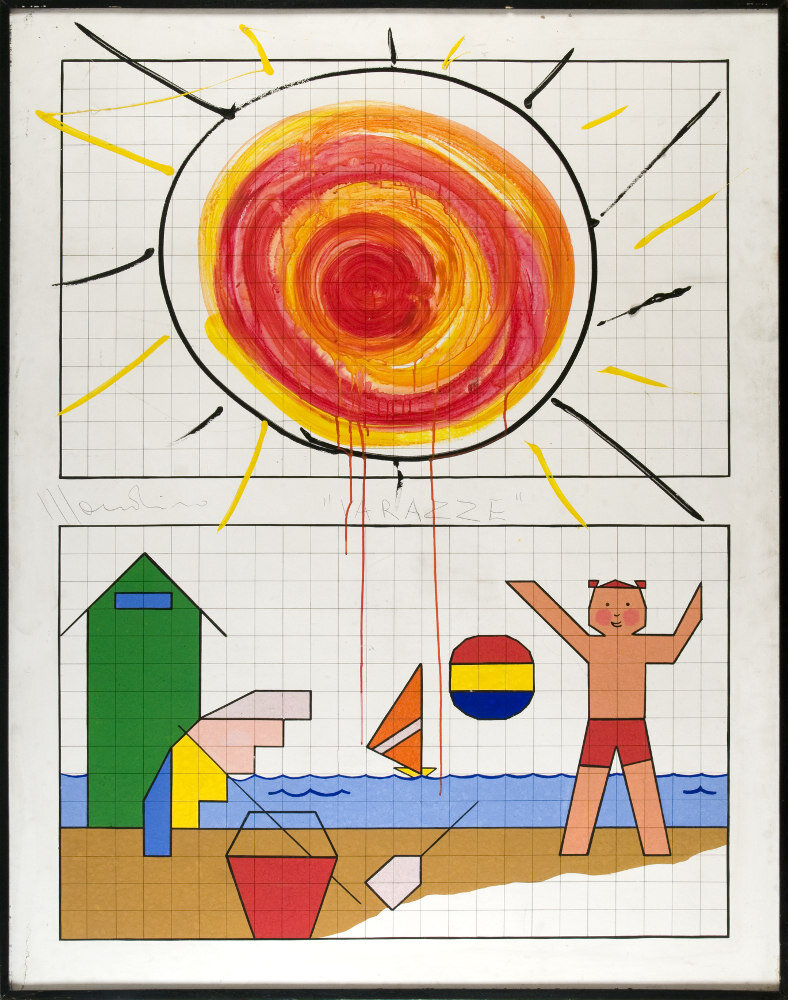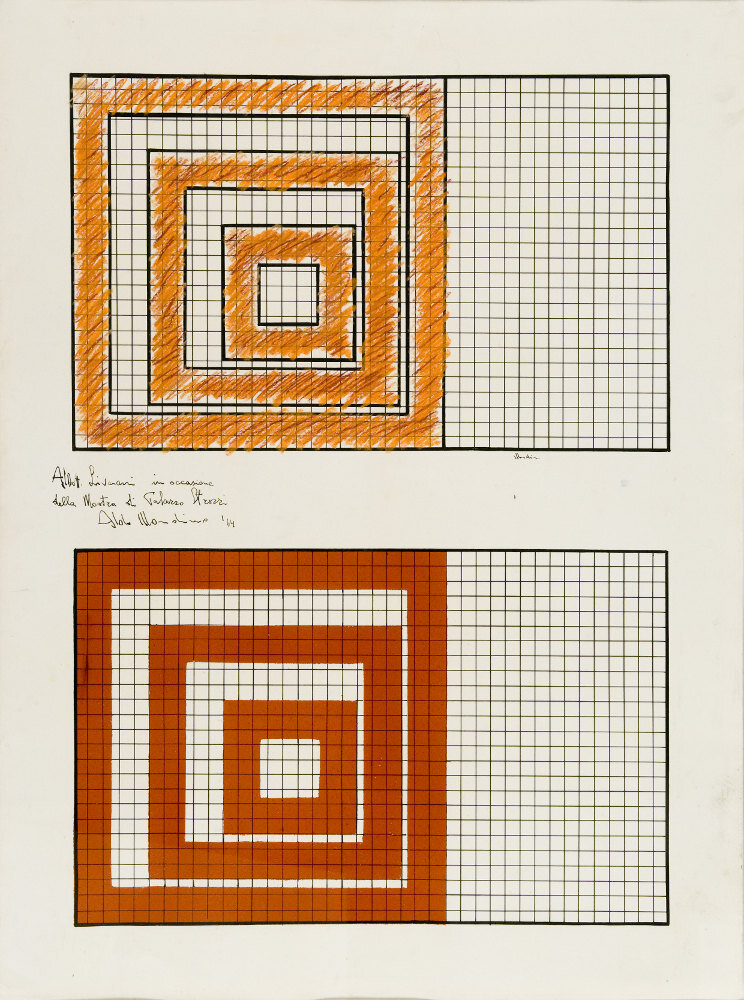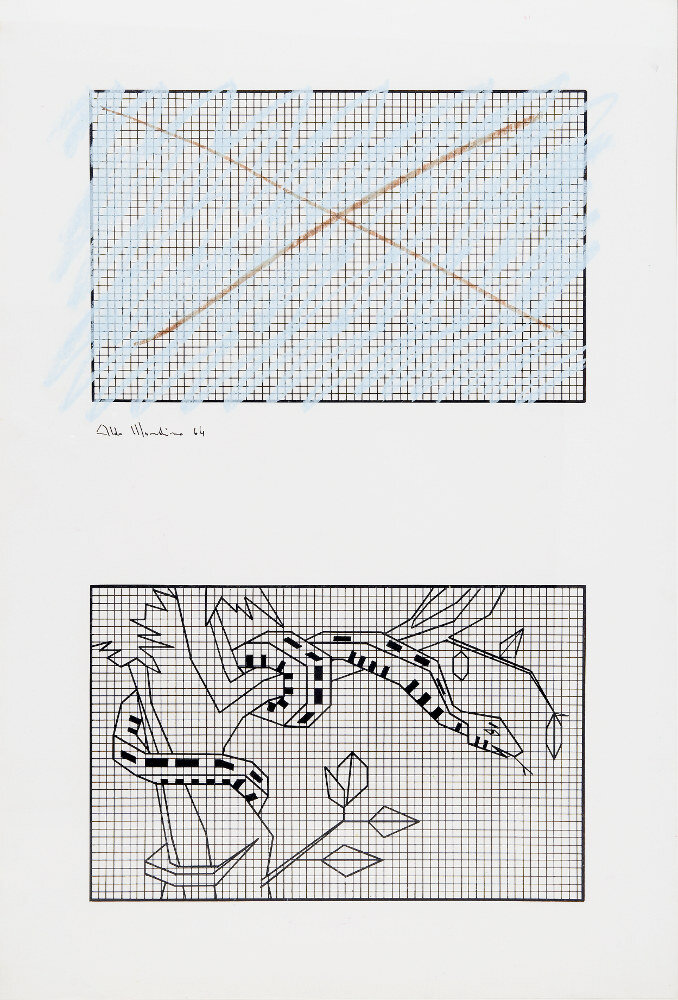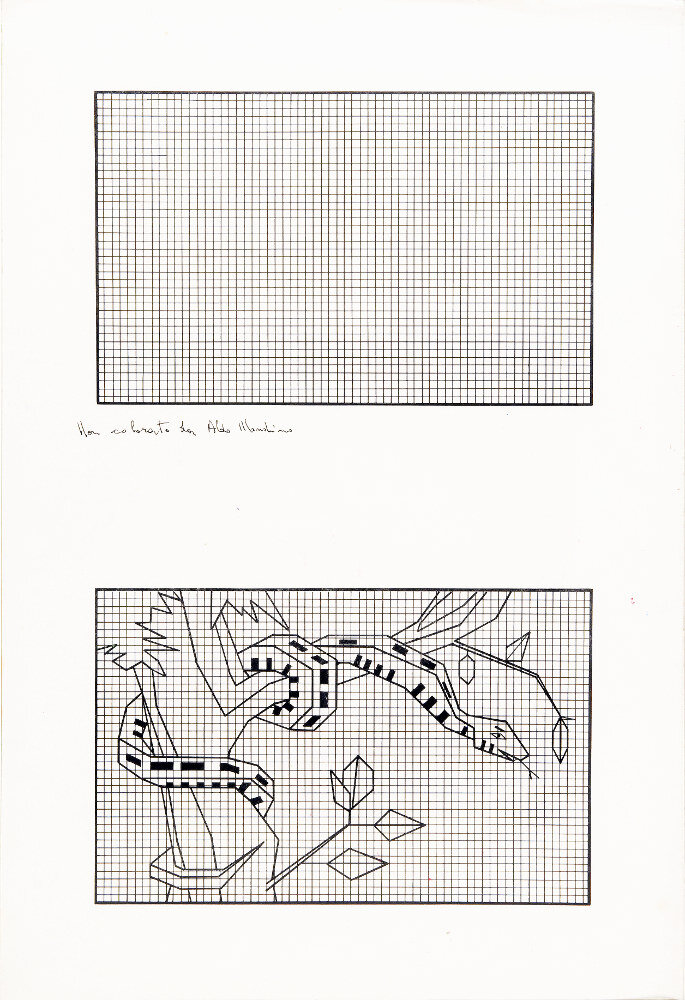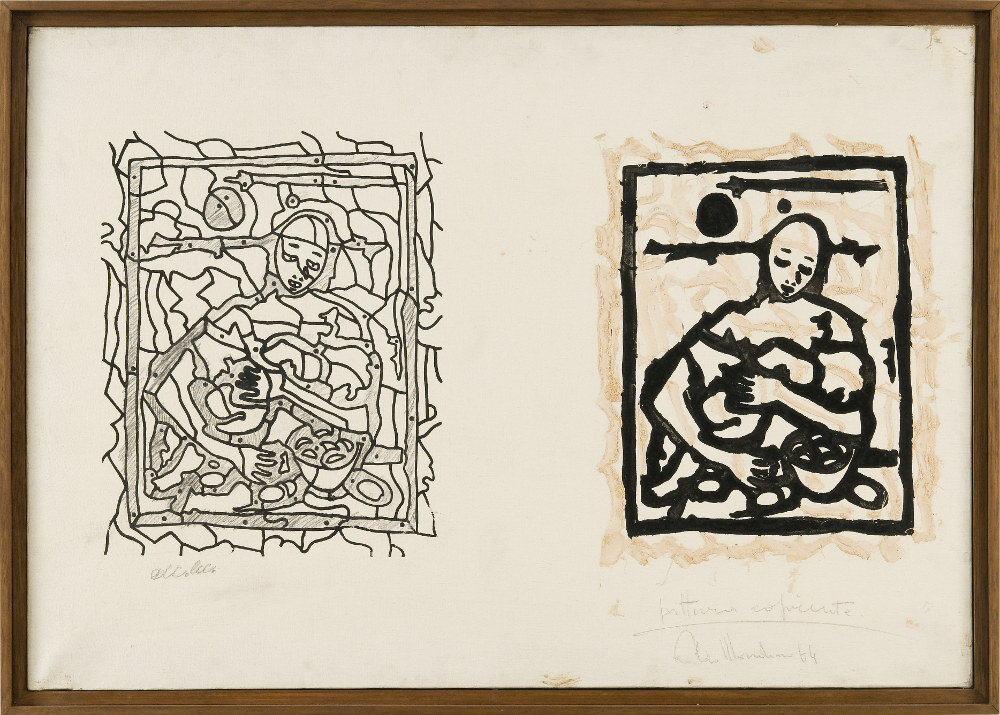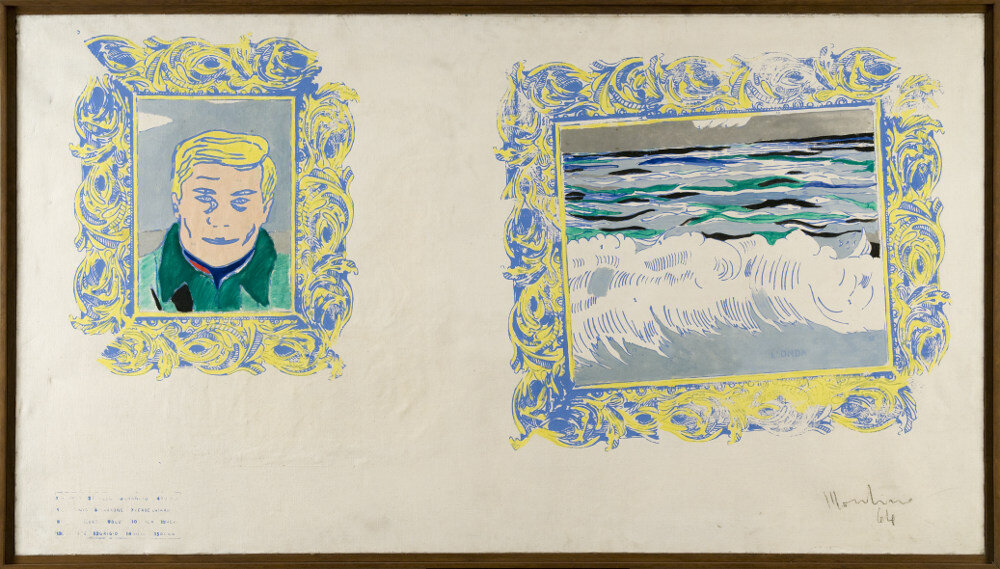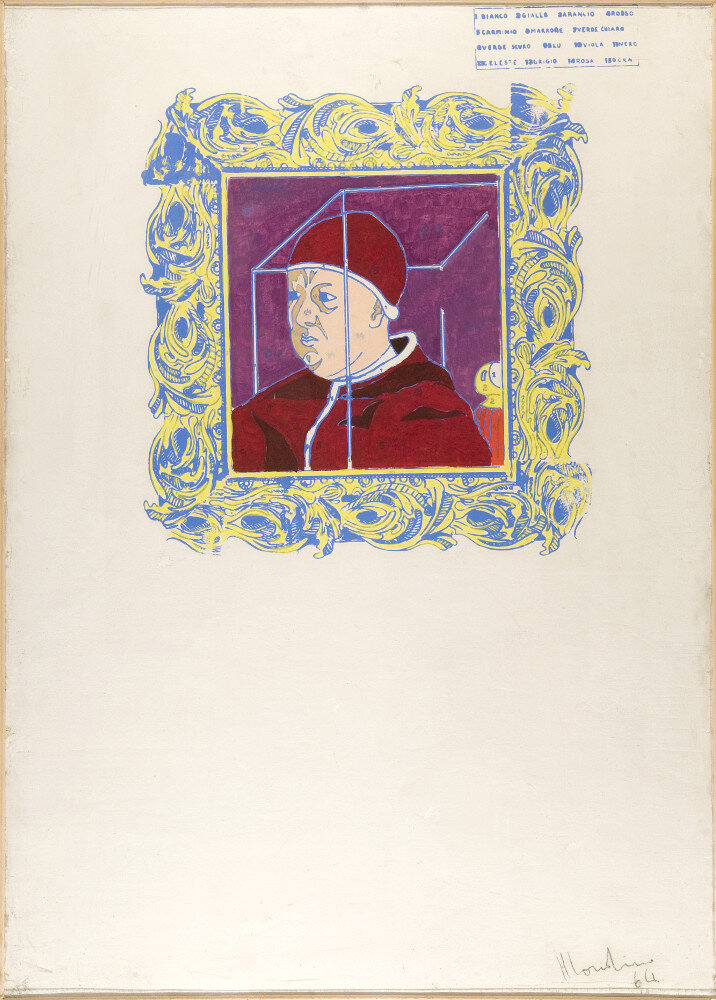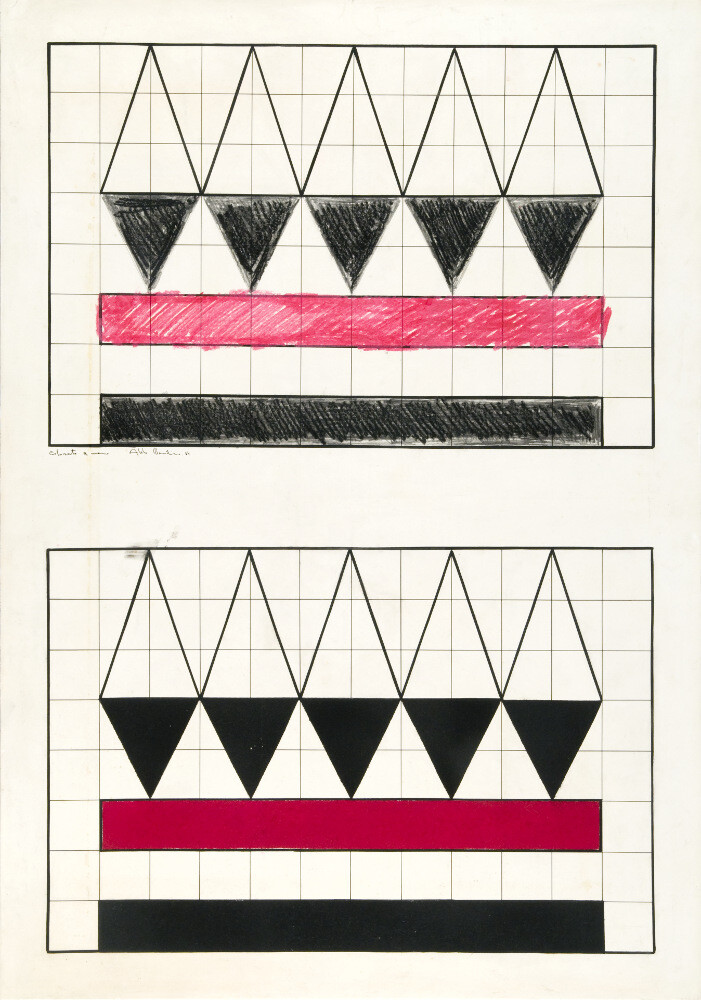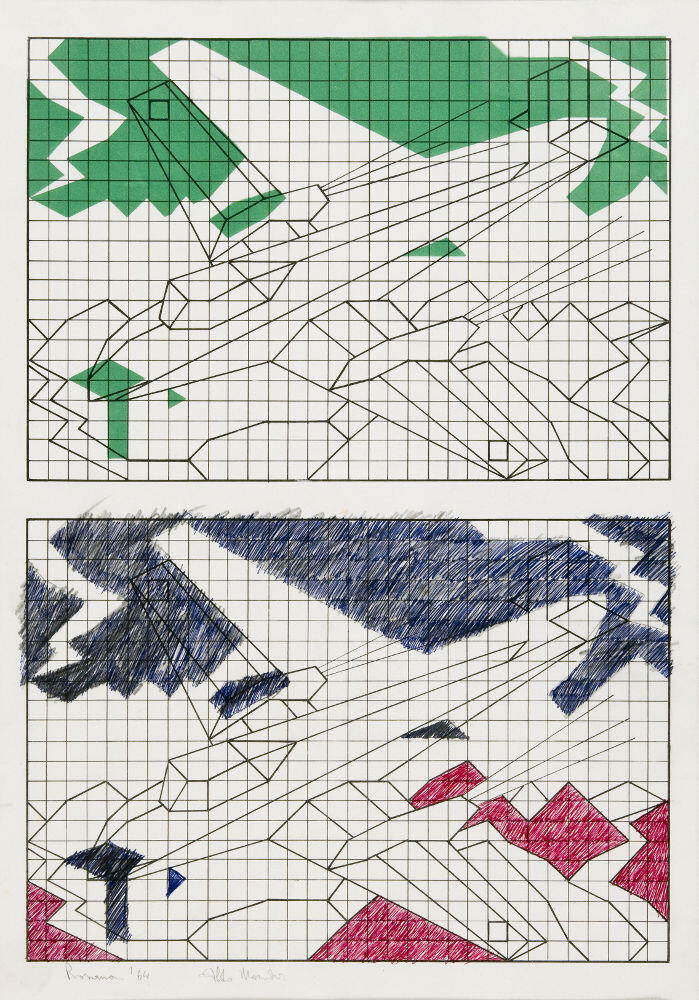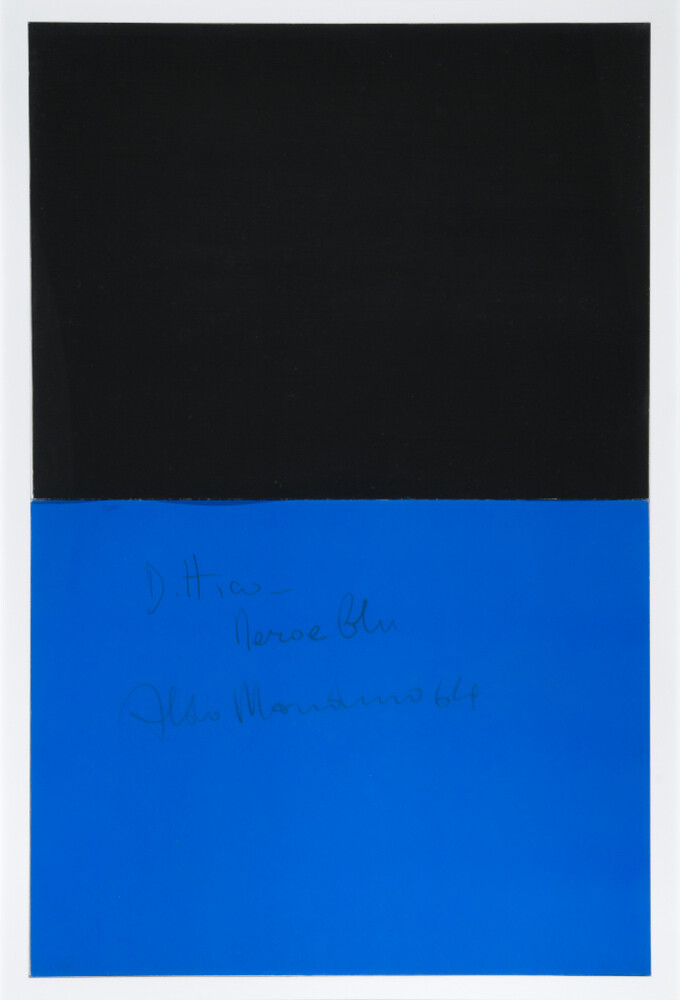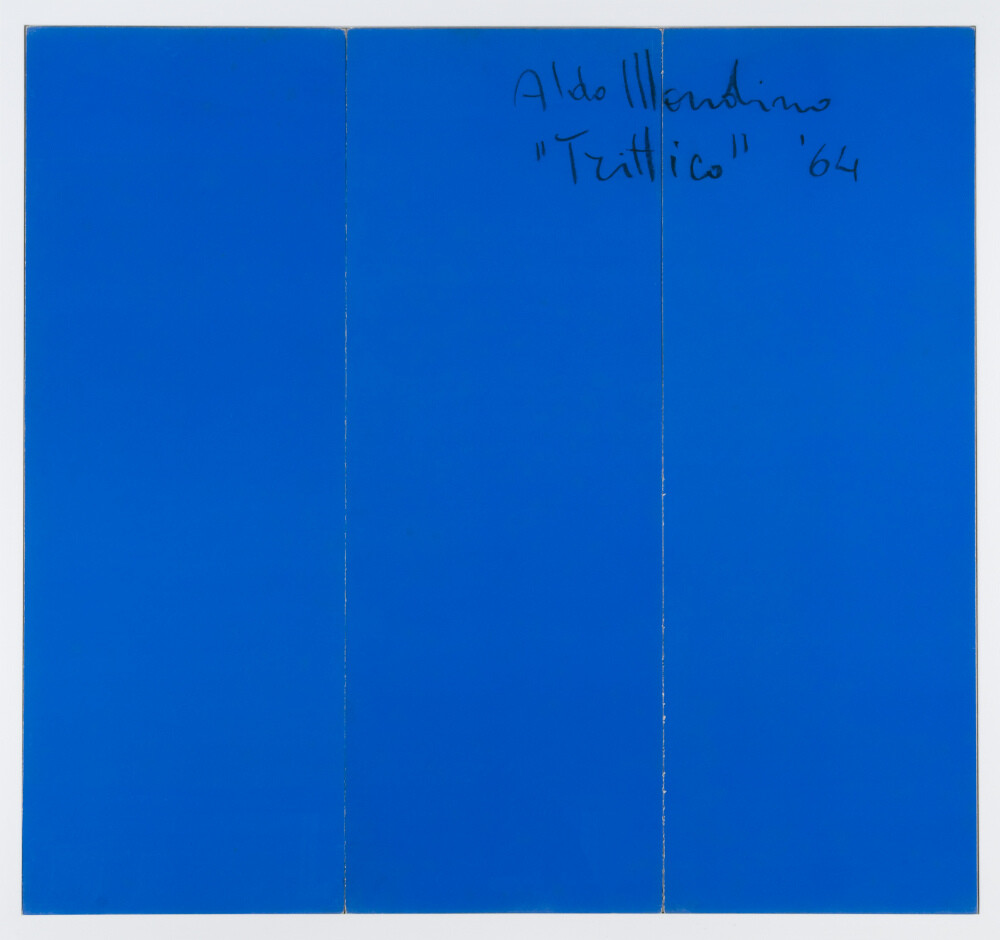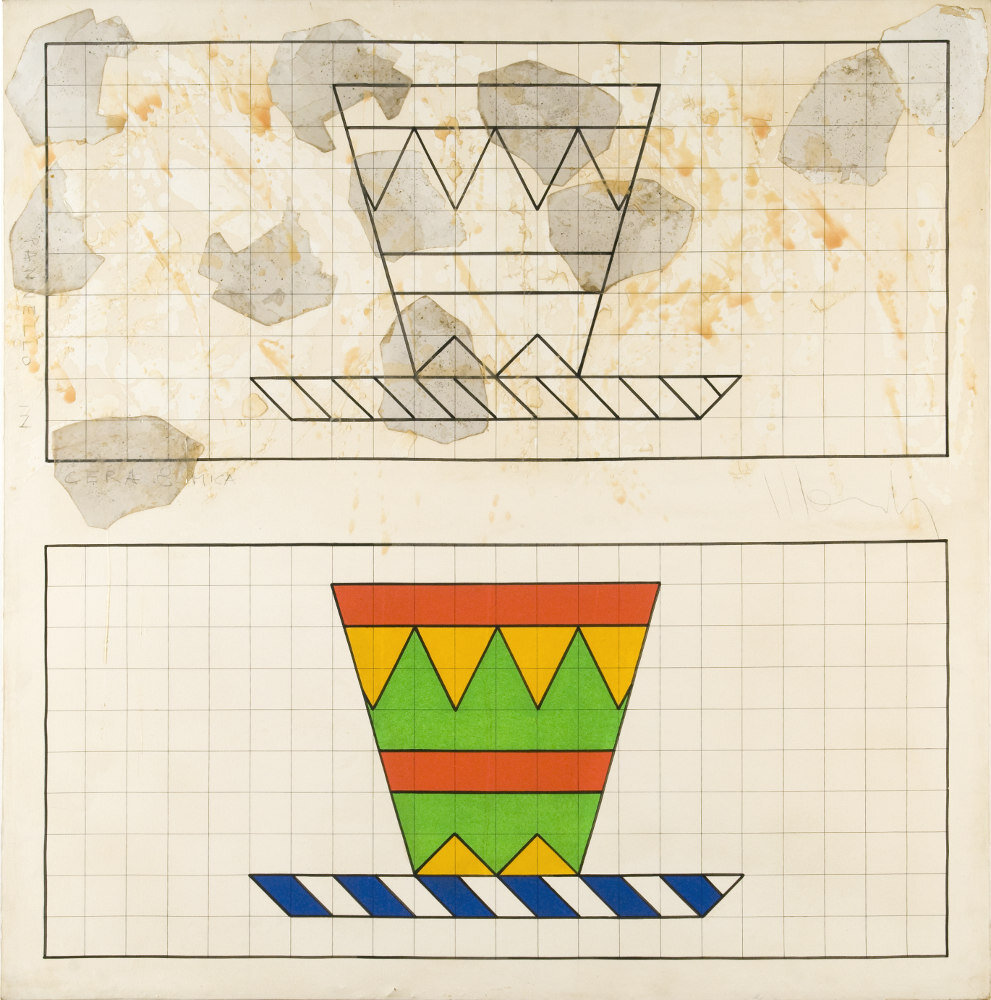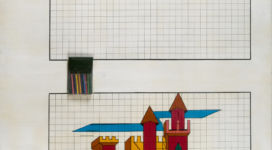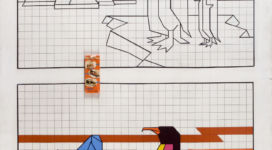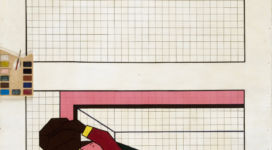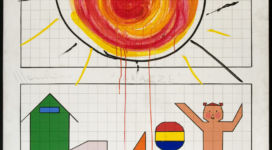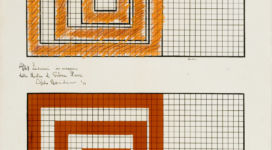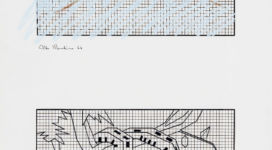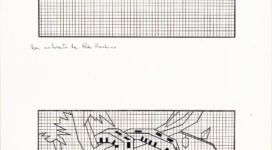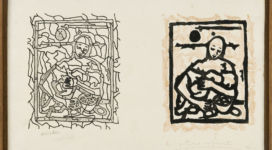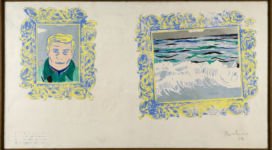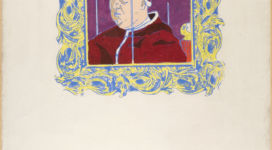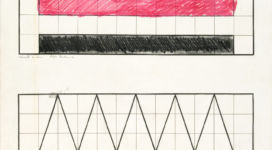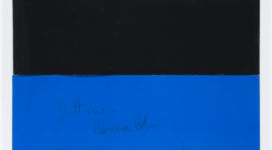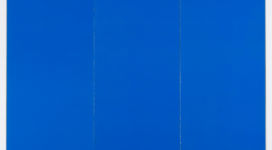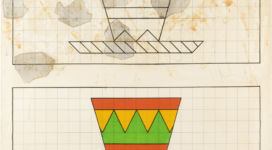| ALDO MONDINO | Miart 2022 | |
| Virtual show | ||
| Exhibition 2018 | ||
| Catalog |
Aldo Mondino was born in Turin in 1938, where he died in 2005. In 1959 he moved to Paris where he followed the courses held by Hayter at Atelier 17 and the Ecole du Louvre, as well as the mosaic course at the French Academy with Severini and his assistant, Licata. His friendship with Tancredi, as well as his acquaintance with Jou roy, Errò, Lebel, and the famous maestros Matta and Lam were important for his formation as an artist. Thanks to Tancredi, he was able to display his work in a gallery for the first time, at Galerie Bellechasse, in 1960, showing pictures with a Surrealist feel. At the same time, he held an exhibition, Anti-Procès, organized by Jou roy and Lebel at Galerie des 4 Saisons, with highly political contents. In 1961 he returned to Italy to carry out his military service. Thanks to Antonio Carena, Turinese artist and owner of Galleria L’Immagine, he put on his first one-man show with pictures still displaying a Parisian influence. In 1962, Enrico Crispolti organized an exhibition at Galleria Alpha in Venice, presenting a series of pictures emblazoned with words, with figures inside each letter reminiscent of illuminated codices. Aldo Mondino, Nome Cognome Indirizzo, La famiglia, La scuola, La religione, La morale and Il servizio militare are some of the titles. His meeting with Gian Enzo Sperone, director of Galleria Il Punto, proved to be a very important encounter. At his gallery, he displayed the series of Tavole anatomiche, paintings on masonite representing a human body, a microcosm of the society we live in. At the same time, through his work he developed the idea that the public are no longer passive spectators, but active participants in a work of art.
At Sperone’s gallery, in 1964, the chequered pictures represented the strong image of a work by the painter Casorati: a mother with child in her arms. Again in 1964, at La Salita in Rome, he exhibited works dealt with in a similar way but with quotes taken from topics in drawing manuals, such as l’Aereoplano, Il pittore in erba, Il serpent and Il portiere.
In 1965 he exhibited at Galleria Stein in Turin: a reflection on painting, pictures with balloons, Le cadute, scales which the colour seems to slide off onto the picture. The following year he exhibited at Galleria Marconi in Milan, after an intervention in Turin with a red thread that crossed the city streets at 160 centimetres from the ground, linking three galleries to each other: Sperone, Il Punto and Christian Stein. His work was shown at Marconi again in 1967, followed by a solo exhibition at Lia Rumma in Naples. He took part in a group exhibition at Arco d’Alibert in Rome, in 1968, then at Galleria Torre in Turin where he made the Torre di torrone and the series of Caramelle. In 1969, again at Arco d’Alibert, his Ittiodromo showed real fish with blood. He hired a boat on the Tiber which he poured the Caramelle into. He made Mamma, Agnelli e Porcòdio, which he presented in Rome; after being displayed in a gallery in Brescia, the work was seized and the artist condemned to pay a fine for blasphemy.
After a year-long break, he exhibited in a private residence, which he was loaned so he could escape the traditional circuit. He made his King works. 1970 was dedicated to this series of pictures, which were the first encounter with painting and the artist himself.
In 1972 he went back to Paris, while the 12 Kings were shown again at Galleria L’Uomo e l’Arte in Milan, before being presented at Galleria LP220 in Turin where he had also performed the “non-religious” christening of his son. He worked in Paris from late 1973 to 1980, paying a lot of attention to painting. The tangible results could be seen at the 1976 Venice Biennale (which he would participate in again in 1993), where the work concentrated on philological parallels between his art and Schönberg’s compositions.
The Mythologies quotidiennes exhibition at the Musée d’Art Moderne in Paris is from 1977. Again from his Parisian period, the Tour Eiffel series of works, with titles like Le Tout Près War, are made above all using the engraving technique, taking from expressionist images. In 1980 he put on exhibitions at Galleria La Salita in Rome and at Galerie Flinker in Paris; in 1981 and 1983 at Studio De Ambrogi in Milan, with the Angeli series in the second event; and in 1984-85 at Franz Paludetto. He was fascinated and influenced by the Orient; he was attracted by real travel, towards an Orient that went from Morocco to Palestine, where he glimpsed parallels between prayer and the intense attention required by painting in a conceptual manner. In 1990 he presented a series which “portrayed” 36 Sultani (who lived between 1200 and 1920) at Sperone Westwater in New York. Then came the series of portraits (Delacroix, Ingres, Satie and Mozart). This was followed by exhibitions at Fondazione Mudima in Milan, in Chicago, Geneva, Paris, Vienna and London. Also belonging to the oriental theme are the brightly coloured I tappeti, overlapping each other in compositions on the wall.
And then more solo shows and participations in fairs, at the Museum für Moderne Kunst – Palais Lichtenstein in Vienna (1991), at the Sulthanamet Museum Topkapi in Istanbul (1992, 1996), at the Venice Biennale (1993), at the Museo Ebraico in Bologna (1995), at Arte Fiera in Bologna (1998), at Mediterranea in Brussels, at Galleria Marconi in Milan (1999), and then Galleria 1000eventi (Milan) and Sperone (Rome, The Byzantine World, 1999), at the Galleria Civica d’Arte Moderna in Trento (2000). At the same time, he developed a love for Spain, with the series of bulls and bullfighters (exhibition by Alessandro Bagnai in 1996), as well as an intention to create 3D works, also out of odd materials such as chocolate and sugar, which accompanied him throughout his artistic career.
In 2000 he made his first trip to India and put on Flowers at the Birla Academy in Calcutta. Between 2000 and 2001 Santo Ficara presented a first retrospective in Florence. In 2001, the Nuremberg gallery Linding in Paludetto staged an important exhibition of his work. The following year, after a trip to Berlin, he underwent heart surgery in Milan. Then came another trip to Turkey and upon his return an exhibition of Cappadocian landscapes at Federica Rosso’s Galleria 41, on occasion of Artissima. In January 2003 he put on an exhibition in Turin, at Ermanno Tedeschi’s Galleria Art & Arts. This was followed by the Galleria di mercanti show at Galleria Raffaelli in Trento. The merchants are mainly Turks, remembering his trip to Cappadocia and Istanbul. The goods they sell are the materials he uses: wood wool carpets, fish and chocolates. In 2004, a year before his death, he was taken into hospital with a severe case of pneumonia, but he still exhibited at Galleria Carlina in Turin, Artissima (Turin, with I nuovi temi dei cacciatori di orchidee dell’Ottocento), MAR (at the Loggetta Lombardesca) in Ravenna – with the exhibition Aldologica (where his works from the last forty years are seen again for the first time) curated by Claudio Spadoni and Valerio Dehò – and at Galleria de’ Foscherari in Bologna.
In the decade or so since his death, a long series of solo and group exhibitions have paid homage to the artist’s work. Among the many, Primo Coppi, secondo Bartali, terzo Mondino (RaccontAldo Mondino) opere 1963-2000, Colossi Arte Contemporanea (Chiari – Brescia); Rever et Revenir a Rivara, Castello di Rivara (Turin, 2005); Mappamondino, Galleria Nazionale d’Arte Moderna e Contemporanea (San Marino); Mondo Mondino. L’universo artistico di Aldo Mondino, Villa delle Rose (Bologna, 2007); Aldo Mondino, il doppio senso dell’ironia, Fortezza Castelfranco (Finale Ligure – Savona, 2008); Aldo Mondino Scultore, Piazza del Duomo and the church of S. Agostino (Pietrasanta – Lucca, 2010); Mondino, Galerie Downtown Francois Laffanour (Paris, 2012); Tappeti stesi e appesi, Galleria Santo Ficara (Florence); Aldo Mondino: nomade a Milano, Fondazione Mudima (Milan); Mondino. Milano, Venezia, Calcutta, Galleria Giovanni Bonelli and Galleria Giuseppe Pero (Milan, 2013); Surprise. Aldo Mondino, GAM (Turin); Aldo Mondino. Tappeti e quadrettature, Galleria Tega (Milan, 2015); Aldo Mondino. Moderno, postmoderno, contemporaneo, Museo d’arte contemporanea, Villa Croce (Genoa, 2016); Aldo Mondino, Galleria Santo Ficara and Galleria Il Ponte (Florence, 2018).
